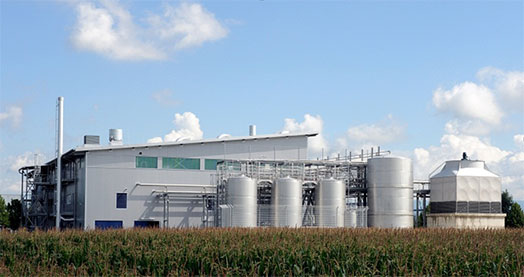Many Mainers would like to think that the paper, plastic and other materials they consume each week will find a new life once they leave it at the curb or transfer station — maybe reborn as plastic rings that hold together their next six pack or as a cardboard box that carries a delivery from Amazon.
The state even has a decades-old law that’s meant to encourage more recycling and composting of household trash, with the goal of diverting at least half of that waste away from the more environmentally damaging options of the landfill or incinerator.
But in reality, Maine has never hit that statutory goal since it was enacted in 1989 — and, if anything, it has been losing ground in recent years.
The volume of rubbish annually going to Maine landfills and waste-to-energy plants has mostly been growing for at least six years, and those facilities are also taking in a bigger slice of the waste generated by towns and cities, according to newly available data in a January report from the Maine Department of Environmental Protection.
One of the biggest drivers of those trends has been the rising price for Maine communities to recycle their waste: those costs spiked in 2018 amid new import restrictions from China and other countries, forcing a number of towns and cities to reevaluate whether they could offer recycling at all.
While those market challenges have been well-documented, the 23-page state report has shown in new detail just how seriously they have set back efforts to dispose of waste in the cleanest manner possible and to extend the life of its existing landfills, which are projected to last for at least 10 more years at current disposal rates.
Under Maine’s environmental laws, landfills are considered the most wasteful means of disposing trash, while incinerators that burn trash to create electricity are just one step above them. At the top of that hierarchy is reducing waste completely, while reusing, recycling and composting are considered the next best options in descending order.
In addition, a full landfill signals that plenty of other natural resources have been depleted elsewhere in the world, while none of their previous value has been recovered, according to Tucker.
Released in January, the new Department of Environmental Protection report included rough totals for how much waste went to landfills, incinerators and recyclers in 2018 and 2019, as reported by those different entities.
The state reported recycling and composting between 35.1 percent and 37.8 percent of its municipal waste during those years, according to the biennial report. However, the publication also noted that it was using a new definition of recycling that included commercial and residential waste, unlike prior reports that just included the latter. Using the old definition of recycling that was in place until 2017, the state recycled just 30 percent of the 1.36 million tons of residential waste consumed during 2019, according to the report.
That was down from a recent high of 41.4 percent in 2013, when Mainers generated 1.16 million tons of trash. (The state produced an additional 469,719 tons of construction and demolition debris in 2019 that did not count toward the statutory recycling target for municipal waste.)
Maine’s overall waste generation increased by about 2.5 percent between 2017 and 2019, outpacing the 0.4 percent growth in the state’s population during those years, according to the report. The average Mainer disposed of more than 0.6 tons of waste in 2019, meaning the state failed to meet another statutory target of 0.55 tons of disposed waste per capita.
The state still hasn’t collected data for the most recent full year, 2020, to assess whether it finally hit the 50 percent recycling standard ahead of the most recent deadline lawmakers had set for doing so, which happened to be last month.
But there are no penalties for missing those marks, and there is little to suggest the state reached that goal in 2020, as the coronavirus pandemic drove up consumer demand for hygienic products, disposable food containers and other goods delivered in bulky shipping materials that eventually had to end up in the waste stream.








